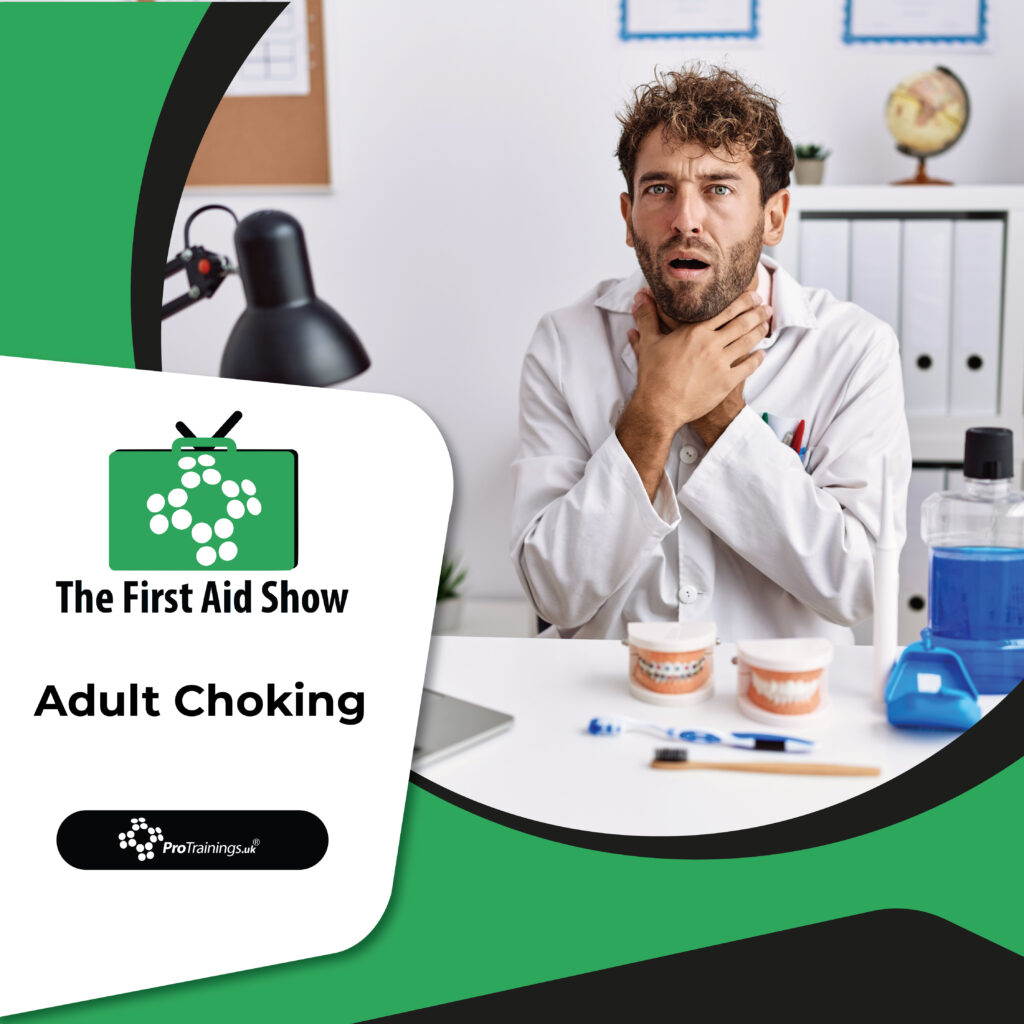Understanding How to Handle Adult Choking Emergencies
Choking is a life-threatening situation that requires quick and effective intervention. Knowing the difference between mild and severe choking can save lives.
Mild Choking
When someone experiences mild choking, they may still be able to pass air through their throat. You might hear sounds like coughing or even speech despite their discomfort. A common example of mild adult choking involves small objects like a fishbone. The first step is to encourage them to cough to dislodge the object themselves. Remain calm, support them in their attempts to clear the blockage, and monitor their condition closely. If the obstruction does not clear, it’s crucial to seek medical assistance immediately.
Severe Choking
Severe choking occurs when a complete blockage prevents air from passing through the throat. This situation is often caused by larger food items, such as a piece of steak. Signs of severe choking include the inability to talk, cough, or breathe. The person may become extremely distressed and could lose consciousness within minutes if not assisted.
Getting Consent
Approach the person and ask, “Are you choking?” to assess their level of airway blockage. If they cannot respond verbally, look for non-verbal cues such as nodding or hand gestures indicating their distress. The universal sign for choking is clutching the throat with one or both hands.
Emergency Procedures
If you confirm that someone is severely choking, and they consent to help, perform the following steps:
- Deliver five firm back slaps between their shoulder blades with the heel of your hand to try dislodging the object.
- Check quickly between slaps to see if the object has been expelled.
- If back slaps don’t work, proceed with five abdominal thrusts. Place your fist above their navel and below the ribcage, cover it with your other hand, and thrust inward and upward.
- Alternate between five back slaps and five abdominal thrusts until the object is expelled or the person becomes unconscious.
Special Considerations
If the choking person is pregnant or you cannot perform abdominal thrusts, use chest thrusts instead. Position your hands in the middle of their breastbone and push sharply.
If the Person Becomes Unconscious
If the individual loses consciousness, call emergency services immediately if you haven’t already done so. Begin CPR, focusing on chest compressions, to attempt to expel the trapped object with the force of the compressions.
After Care
Once the obstruction is cleared and the individual can breathe, they should still see a healthcare provider. The techniques used can cause internal injuries or complications that need assessment.
Conclusion
Understanding how to respond effectively when someone is choking can make a significant difference in emergency outcomes. Regular training and familiarity with both mild and severe choking interventions are essential for anyone looking to be prepared in emergencies.

